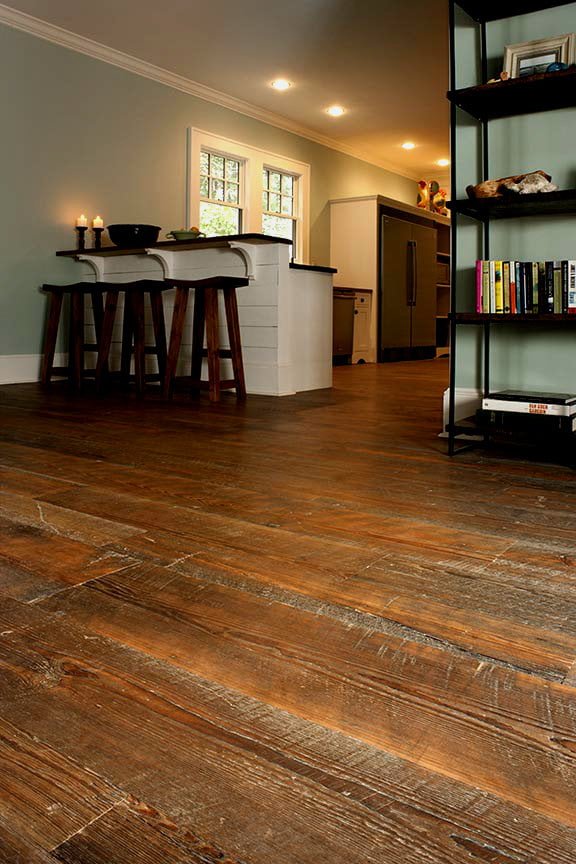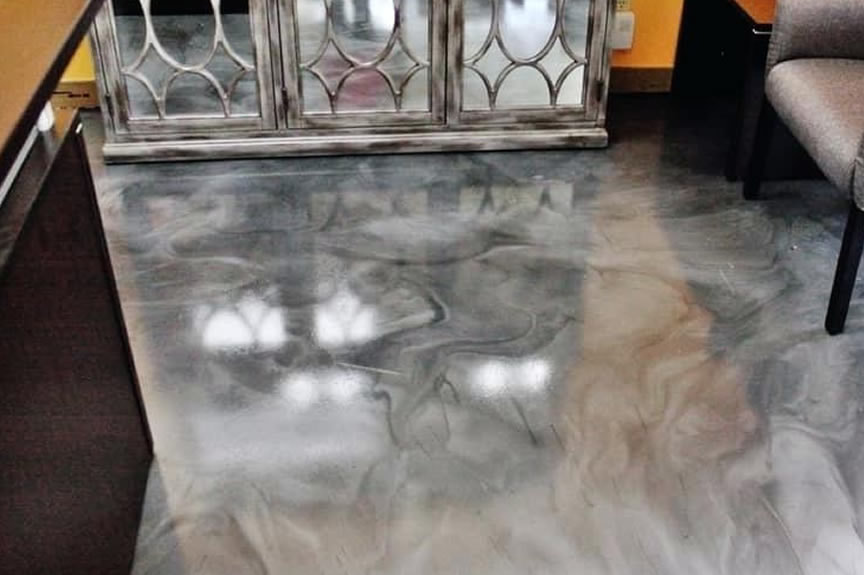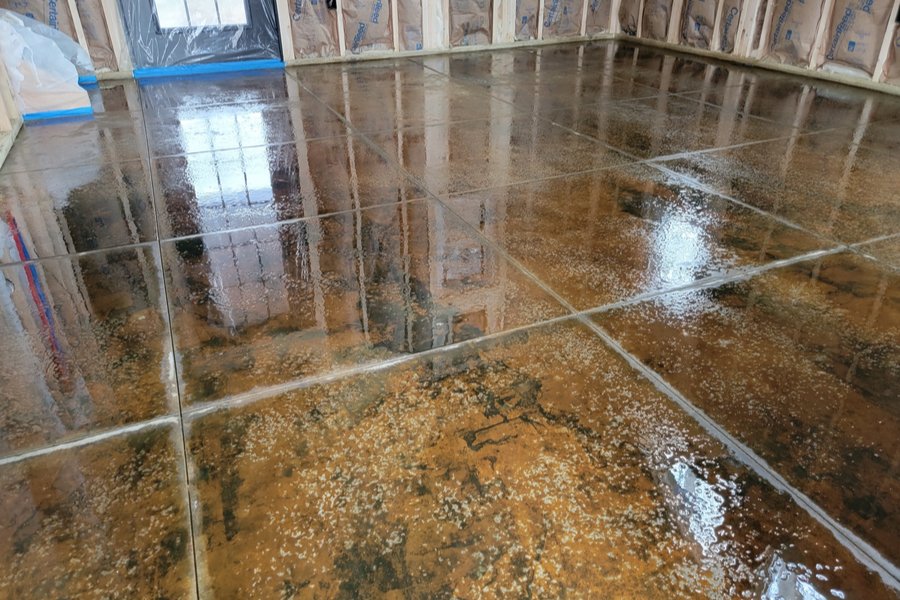Why Local Discolored Flooring Is the Perfect Option for Sustainable Home Enhancement
In the realm of lasting home enhancement, neighborhood discolored flooring has arised as a popular choice among environmentally conscious home owners. As a cost-effective investment with reduced upkeep requirements, it raises a provocative question: could this be the optimal service for sustainable real estate?
Recognizing the Idea of Regional Discolored Floor Covering
While the idea could seem novel to some, neighborhood tarnished flooring is an innovative technique to home renovation that integrates aesthetics, sturdiness, and sustainability. The staining procedure not just boosts the all-natural charm of the wood grain but also includes a layer of defense, raising the longevity of the floor covering. Making use of neighborhood timber types usually sustains regional economies and advertises liable forest management practices.
The Aesthetics of Neighborhood Tainted Floor Covering
Why is regional stained floor covering getting popularity for its appearances? The solution lies in the one-of-a-kind appeal and character it brings to any type of space. Neighborhood stained floor covering provides a varied range of patterns and colors, mirroring the all-natural appeal and variants of the local timber varieties utilized. This develops an unique, individualized visual that can not be duplicated by mass-produced choices. Furthermore, the staining procedure enhances the wood's natural grain and appearance, adding depth and richness to the flooring's look. This rustic elegance perfectly mixes with numerous indoor design styles, from standard to contemporary, making it a flexible selection for homeowners. Eventually, the appeal of neighborhood tarnished floor covering depends on its capacity to change homes right into unique, visually appealing spaces while promoting sustainability.
Ecological Effects of Regional Tainted Floor Covering
The environmental effects of regional discolored flooring incorporate two significant variables: minimizing carbon footprint and waste reduction advantages. Using locally sourced products for staining not only decreases transport emissions, yet likewise advertises lasting forestry practices. In addition, the waste minimization aspect comes right into play as these floor covering types typically have a longer lifespan, decreasing the constant demand for replacements and the waste connected with it.
Minimizing Carbon Impact
As homeowners turn to more sustainable options, local tarnished floor covering becomes a feasible solution to minimize carbon footprint. This sort of flooring largely uses in your area sourced products, which significantly reduces the need for transportation. As a result, this minimizes discharges related to products transport, adding to reduced levels of greenhouse gases in the ambience. The process of staining the floor covering, rather than making use of synthetic finishes, entails fewer chemicals and much less energy-intensive procedures. This causes a reduction in carbon exhausts throughout the production procedure. Going with neighborhood stained floor covering shows an effective measure in advertising environmental sustainability, highlighting a tangible method home owners can add to combating climate adjustment from the comfort of their very own homes.
Waste Reduction Conveniences
Although often forgotten, waste minimization is an additional significant benefit of local discolored floor covering. Furthermore, the discoloration process utilizes fewer resources and creates much less waste contrasted to producing brand-new floor covering materials. The selection of local discolored floor covering not only enhances homes yet likewise underpins a dedication to lasting living and waste reduction.
The Sturdiness and Maintenance of Regional Stained Flooring

The Cost-Effectiveness of Local Discolored Floor Covering
While local tarnished floor covering might at first appear much more pricey than various other options such as rug or laminate, its durability and resilience quickly transform it into an affordable choice. For house owners seeking a sustainable, economical remedy for more information their flooring requires, neighborhood tarnished flooring emerges as a remarkable, long-term investment that pays off over time.

Reality Examples of Sustainable Houses With Neighborhood Tainted Flooring
In the world of sustainable home improvement, regional discolored flooring has become a preferred option. To additionally highlight its advantages, a number of the real world examples of green homes that have actually effectively integrated this flooring method will be highlighted. These situation studies give substantial proof of the advantages and effect of using local discolored floor covering in lasting homes.

Showcase: Eco-Friendly Floor Covering Residences
Checking the globe, one can discover countless homes that embody the principle of green living via using regional discolored flooring. In the heart of Denmark, a minimal home prides itself on its oak-stained floorings, sourced and treated within the neighborhood area. Throughout seas in copyright, a modern-day residence showcases its rich, maple-stained flooring, a testament to the abundant neighborhood timber supply. Down under in Australia, a beach home beams with its eucalyptus-stained floorings, showing the country's indigenous flora. These homes not just display the visual flexibility of regional discolored floor covering yet additionally its payment to a much more sustainable these details way of life. Each flooring tells a tale of regard for the setting, confirming that design and sustainability can indeed coexist.
Neighborhood Discolored Flooring Benefits
The undeniable appeal of local stained floor covering prolongs past its visual allure, as it also uses considerable benefits to both property owners and the setting. This sort of floor covering is sourced and created locally, reducing transport emissions and bolstering the neighborhood economic situation. The staining process makes use of natural, non-toxic products, promoting interior air quality and minimizing the home's ecological impact. In a lasting home in Portland, Oregon, as an example, local tarnished concrete floors not only boost the looks however likewise work as thermal mass, soaking up warm throughout the day and launching it in the evening, decreasing energy usage. Another instance is a green-certified home in Austin, Texas, where locally sourced walnut was tarnished and used for flooring, adding to the home's LEED qualification.
Final thought
In final thought, local stained flooring is a sensible and sustainable alternative for home enhancement. With its one-of-a-kind blend of environmental, aesthetic and cost-effective advantages, neighborhood tarnished floor covering is a clear option for homeowners seeking a lasting, visually appealing and economical home renovation solution.
In the world of sustainable home enhancement, neighborhood tarnished floor covering has actually arised as a preferred selection amongst eco mindful home owners. Local discolored flooring provides a varied array of patterns and shades, mirroring the all-natural appeal and variants of the local click here to find out more wood species used. The choice of neighborhood discolored flooring not only beautifies homes yet additionally underpins a dedication to lasting living and waste reduction.
For home owners seeking a sustainable, cost-effective service for their floor covering requires, neighborhood tarnished flooring emerges as an exceptional, lasting financial investment that pays off over time. Best Stained Concrete Austin.
With its unique blend of ecological, visual and affordable benefits, regional tarnished flooring is a clear choice for homeowners looking for a sustainable, cost-efficient and aesthetically enticing home renovation remedy.
Comments on “Local Stained Concrete Services That Deliver Elegant and High-Performance Floors”